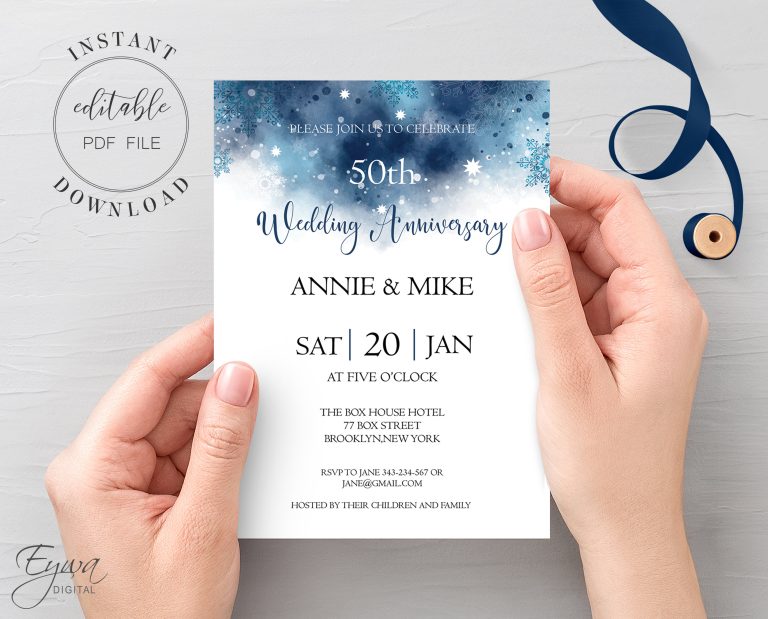How to Read Crochet Patterns
If you’re new to crochet, the task of reading a crochet pattern can seem daunting. However, with a little practice, you’ll be able to read patterns like a pro! Here are some tips on how to read crochet patterns:
Patterns are typically written using abbreviations. becoming familiar with the most common abbreviations will make deciphering patterns much easier. For example, “ch” stands for “chain,” “sc” stands for “single crochet,” and “dc” stands for “double crochet.”
In addition to abbreviations, patterns often use symbols to indicate specific stitches or instructions. These symbols can be universal (such as a symbol for a slip stitch) or specific to a certain brand or type of pattern. Familiarizing yourself with the most common symbols will also help you read patterns more easily.
finally, don’t be afraid to ask for help if you’re having trouble understanding a pattern. Many knitters and crocheters are happy to help others learn – after all, we were all beginners once!
- Look at the crochet pattern and find the key
- The key will tell you what abbreviations are used in the pattern and what they mean
- Find the gauge
- The gauge will tell you how many stitches and rows you need to achieve a certain size
- This is important because it will help you determine if your finished project will be the right size
- Follow the instructions for each stitch listed in the pattern Key
- Make sure to do a practice swatch before starting your project so that you can get comfortable with the stitches being used
- Once you have completed all of the required stitches, it’s time to put them all together following the order indicated in the pattern instructions
How to Read Crochet Patterns for Beginners
If you’re new to crochet, the thought of reading a crochet pattern may seem daunting. But don’t worry – once you understand a few basics, you’ll be reading patterns like a pro in no time! Here are some tips to get you started:
Before you start, take a look at the pattern and familiarize yourself with the abbreviations and symbols used. Crochet patterns generally use standard abbreviations, so once you know what they mean, you’ll be able to read any pattern. Next, identify the gauge of the pattern.
The gauge is basically how many stitches and rows fit into a certain area – usually 1 inch. This is important because if your gauge doesn’t match the one specified in the pattern, your finished project will be a different size than expected. To check your gauge, simply crocheting a small swatch using the stitch and hook specified in the pattern instructions and then measure it.
Adjust your tension or hook size as needed until your gauge matches that of the pattern. Now that you know how to decipher the symbols and abbreviations used in crochet patterns and how to check your gauge, you’re ready to start reading! Just follow along line by line until you reach the end of the pattern.
If you get stuck or lost along the way, don’t hesitate to ask for help from more experienced crocheters – we’ve all been there before!
How Do You Read a Crochet Pattern for Beginners?
If you’re new to crochet, reading patterns can seem daunting. But with a little practice, you’ll be able to decipher even the most complicated looking instructions. Here’s a step-by-step guide to reading crochet patterns.
To start, let’s look at an example of a basic crochet pattern: Chain 18. Row 1: Sc in 2nd ch from hook and in each ch across; turn – 17 sc.
Row 2: Ch 1, sc in each sc across; turn – 17 sc. Repeat Row 2 until piece measures 10″ (25 cm) from beginning. Fasten off.
We will now break down each part of this pattern so that you can understand what it all means. The first thing you’ll see is the list of materials needed for the project – in this case, just yarn and a crochet hook. Next comes the gauge information which tells you how many stitches and rows should measure 4″ (10 cm).
This is important because if your gauge is different than what is given, your finished project may be a different size than expected. After gauge information, you’ll find the actual instructions for crocheting the project. These are usually written out in full so that they are easy to follow along with row by row.
In our example pattern above, we start with a foundation chain of 18 stitches using whatever method of crocheting you’re comfortable with – whether that’s holding the yarn in your right hand or left hand, or using a specific type of stitch such as Tunisian Crochet . Once you have your foundation chain made, it’s time to start working on Row 1 according to the pattern instructions given. In our example, we are instructed to make single crochet stitches (abbreviated as “sc”) into the second chain from our hook , and then continue making single crochet stitches across the entire row until we reach the end .
We then turn our work so that we can start working on Row 2 from the other side . The next thing you’ll notice in our pattern is that it says “ch 1”. This simply means that we need to make one chain stitch at the beginning of Row 2 before continuing on with more single crochets .
How Do You Read a Crochet Pattern Chart?
If you’re a crocheter, chances are you’ve come across a crochet pattern chart at some point. While some crocheters find them intimidating, once you understand how to read them they can be incredibly helpful- especially for complex patterns. Here’s a quick guide on how to read a crochet pattern chart:
The first thing you’ll want to do is identify the key at the bottom of the chart which will tell you what each symbol represents. Once you’ve done that, take a look at the rows and columns of the chart- these represent the rows and stitches in your project. In order to complete the project, you’ll need to follow the symbols in each row from left to right.
One thing to keep in mind is that most charts are worked in multiples of stitches, so if your row doesn’t start with or end with the required number of stitches you’ll need to adjust accordingly. For example, if a row starts with 3 chains but your multiple is 4, you’ll need to add 1 more chain before starting that row. With a little practice reading crochet charts will become second nature- so don’t be discouraged if it seems confusing at first!
How Do You Read Crochet Patterns Uk?
Assuming you would like a blog post discussing how to read UK crochet patterns: In the United Kingdom, crocheting is typically done using the metric system, which can be confusing for those used to reading American patterns. Here are some tips on how to read UK crochet patterns:
-First, make sure you know what abbreviations are being used. In the UK, common crochet abbreviations include dc (double crochet), tr (treble crochet), and ch (chain). -Next, take a look at the gauge.
This will tell you how many stitches and rows per inch there should be. Make sure you adjust your tension accordingly so that your project matches the gauge. -When it comes to hook sizes, the UK uses a different numbering system than the US.
For example, a size 4 mm hook in the US would be called a size G hook in the UK. It’s important to use the correct hook size so that your project turns out the right size. -Finally, pay attention to any special instructions given in the pattern.
These might include things like working in rounds or joining pieces together. By following these simple tips, you should be able to successfully read any UK crochet pattern!
What Do the Numbers on a Crochet Pattern Mean?
When you’re looking at a crochet pattern, you’ll notice that there are numbers next to each stitch. These numbers tell you how many times to work the stitch in each row or round. For example, if a pattern says “ch 3, dc in next st,” and the number next to thedc is 4, that means you’ll need to do that 4 times before moving on to the next part of the pattern.
The number next to each stitch also tells you how tall or wide that stitch will be. This is important information because it affects the overall size of your project. If a pattern says to “ch 3, dc in next st,” and the number next to the dc is 4, your project will be wider than if the number was 2.
Knowing what the numbers mean in a crochet pattern is essential for crocheting accurately. Pay close attention to them and make sure you understand what they mean before starting your project!
How To Read A Basic Crochet Pattern
Conclusion
If you’re new to crochet, the thought of reading a pattern may be daunting. But don’t worry! Once you get the hang of it, it’s actually quite easy.
Here are some tips to help you get started: -First, take a look at the abbreviations used in the pattern. These will tell you what each stitch is called and how to execute it.
Don’t worry if you don’t know all of them – just focus on the ones used most frequently. -Next, take note of any special symbols that are used in the pattern. These will indicate things like increases or decreases.
Again, don’t worry if you’re not familiar with all of them – just focus on the most common ones. -Once you have an understanding of the abbreviations and symbols used, take a look at the overall structure of the pattern. This will give you an idea of how the finished project should look.
-Finally, start working through the pattern row by row (or round by round). Pay close attention to what you’re doing so that your stitches match up with those in the pattern. With a little practice, reading crochet patterns will become second nature!

